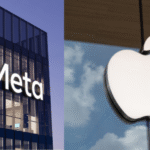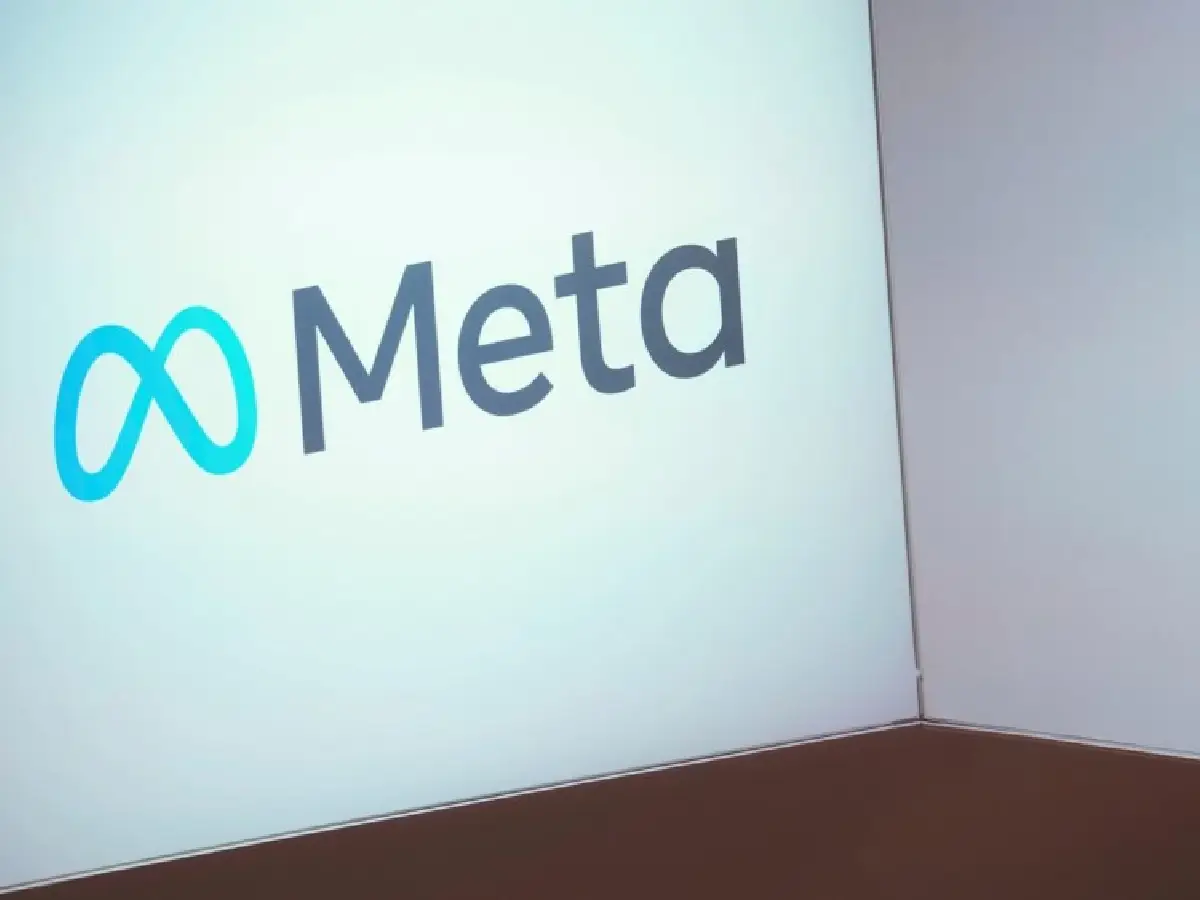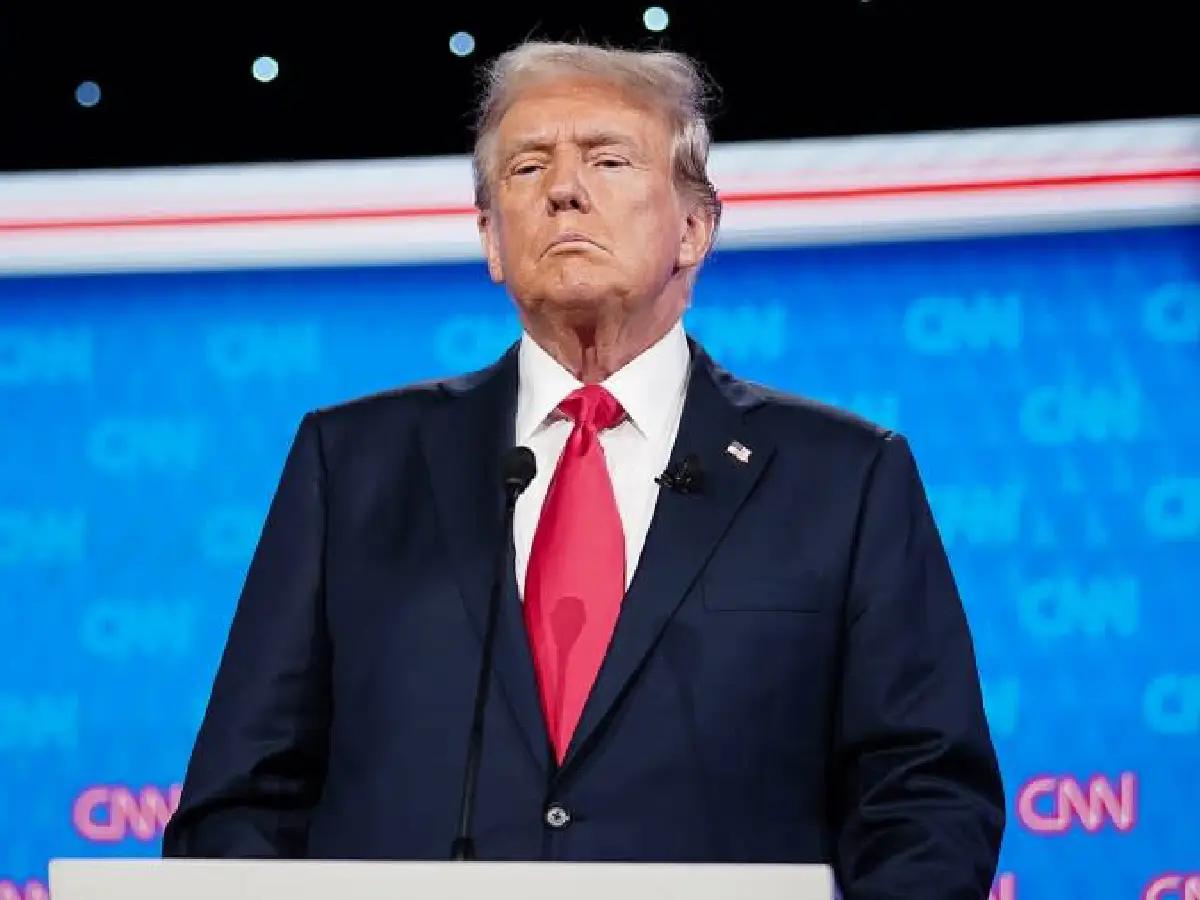## Navigating the Impact of Proposed Levies on Prescription Medicines
In an era where healthcare accessibility and affordability are at the forefront of public concern, recent proposals suggesting levies on prescription medications have sparked substantial dialogue across various sectors. This blog post explores the potential repercussions of implementing these new taxes, focusing primarily on how they could influence American consumers, the healthcare system, and drug availability.
### Understanding the Proposal
The proposal to introduce levies on prescription drugs is a significant shift in policy that could have wide-reaching effects on the U.S. healthcare landscape. While the intention behind this policy might be to increase government revenue or to bring some balance to the pharmaceutical industry’s profits, the direct impact on consumers and healthcare providers could be profound.
### Financial Impact on Consumers
One of the immediate effects of implementing taxes on medications would be an increase in out-of-pocket costs for consumers. Americans already spend a considerable amount on healthcare, including prescription drugs. Additional levies could make essential drugs less affordable for many, particularly for lower-income families and individuals dealing with chronic conditions that require long-term medication.
The cost increment doesn’t just stop at the consumer level. Pharmacies and healthcare providers might also face increased expenses that could, in turn, be passed down to consumers through higher service charges or consultation fees. This creates a cascading effect that could potentially make overall healthcare services more expensive.
### Potential for Rationing and Drug Shortages
A significant concern with the introduction of new taxes is the potential for rationing and drug shortages. When drug prices increase, both pharmacies and healthcare providers might reduce their stock on certain less profitable medications, which could lead to availability issues. This is particularly worrisome for medications that are already in short supply.
Shortages often force patients to seek alternative treatments that may not be as effective or could lead to adverse health effects if there’s a necessary transition period for the body to adjust to a new medication. Moreover, the uncertainty regarding the availability of medications could lead to hoarding, further exacerbating shortages.
### Broader Economic Effects
Besides the direct impact on healthcare costs and drug availability, introducing levies on prescription drugs could also have broader economic implications. Increased healthcare costs could lead to decreased consumer spending in other areas, potentially impacting economic growth. Moreover, there might be an indirect effect on workplace productivity if individuals are unable to access necessary medications for managing chronic conditions, leading to increased absenteeism and reduced work efficiency.
### Policy Considerations and Future Directions
It’s crucial for policymakers to consider these potential outcomes when debating the imposition of levies on prescription drugs. Balancing the need for government revenue against the potential negative impacts on healthcare access and affordability is no small task. Solutions could include exemptions for essential medications or the introduction of a tiered tax system based on the necessity and profitability of drugs.
### Conclusion
As debates continue and policies evolve, the healthcare sector, consumers, and policymakers must engage in transparent and constructive discussions. The goal should be to ensure that any new levies on medications do not undermine the affordability and accessibility of essential healthcare services. Stakeholders must remain vigilant and adaptive, ensuring that the health needs of the public always come first in these critical decisions.
Implementing policy changes in healthcare, especially those affecting drug prices, requires thoughtful consideration and strategic planning to mitigate any negative impacts while striving for the greater good.









